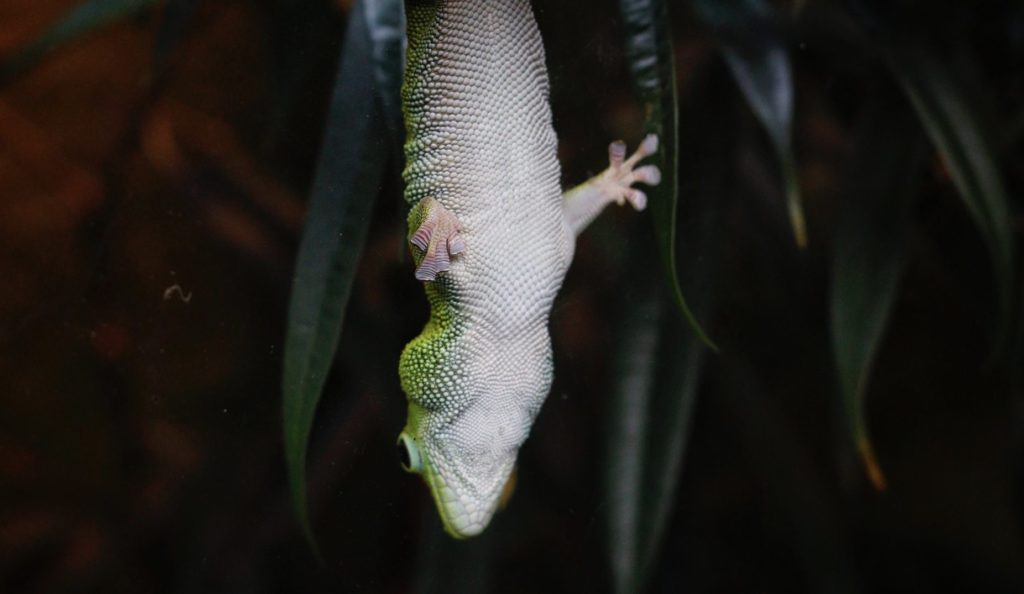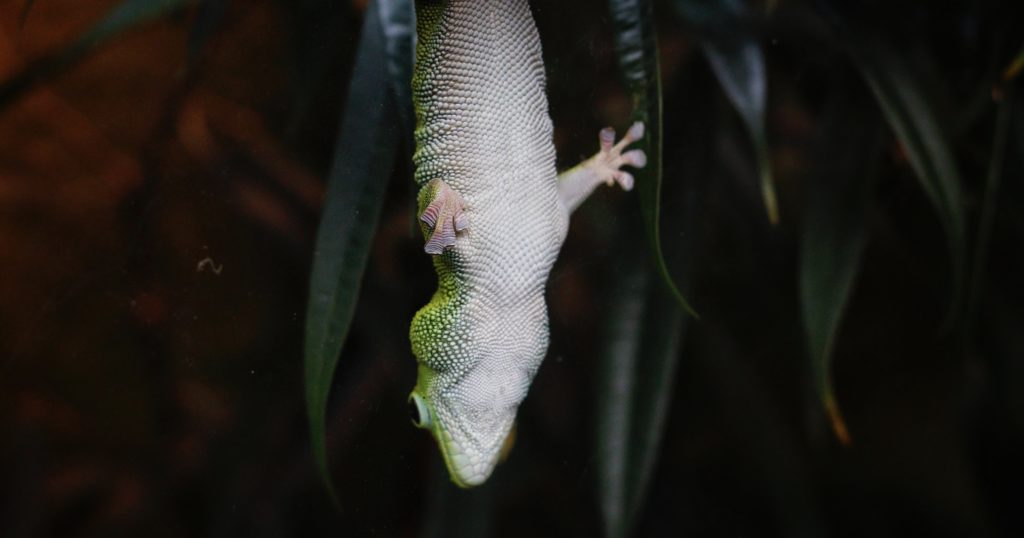 Intelligent Design
Intelligent Design
 Life Sciences
Life Sciences
Applied Intelligent Design: Engineers Know Engineering When They See It


Engineers of all types (e.g., mechanical, electrical, hydraulic, civil, software) are focused on how to get things to work. They need to pull together all that is known about materials and properties, and organize them to perform a function. They need to meet design requirements: a company or government says “Here is what we need to do; how can we get it done within the limits of cost and time available?” Knowledge of engineering principles grows as the needs of a society grow, often becoming more sophisticated, pushing the boundaries of know-how. Engineers are trained to see design and judge good design.
Human engineers must also navigate intellectual property laws, because many engineers want to patent their designs and protect them from theft. There’s a lot of angst going on in America on this very issue. China and other countries are accused of stealing our intellectual property, which can have not only economic but national security consequences. But who owns the patent on a leaf, or a coral? Engineers don’t know, and they don’t care. Perhaps that’s part of what makes biomimetics so popular. They see a good design, and they can copy it without violating any laws.
Take materials science. Engineers are always looking for better materials with which to make prosthetic devices, adhesives, tools that are flexible yet strong, and many other things. They see successful materials in nature, and can measure their performance characteristics, which is great: engineering is big on measurement. Who is going to sue them if they try to mimic the material? Nobody. It’s a winning strategy, and it drives science forward. It drives biologists and engineers to understand the organism, and it gives engineers measurable design principles to strive for.
Let’s take a look at specific organisms that produce very enviable materials, and learn how knowledge about the organisms is leading to superior designs for human productivity.
Fish Scale Electronics
America can’t sue China for using fish technology. New Scientist says that the materials in fish scales have desirable properties:
Fish scales could provide an eco-friendly alternative to plastic for use in flexible displays for electronic devices.
Flexibility is important for wearable electronics to enable the creation of displays that bend, fold or twist easily, says Hai-Dong Yu at Nanjing Tech University in China. Plastic has been the go-to material for achieving this kind of flexibility but because of its harmful impact on the environment, sustainable, low-cost alternatives are highly sought after. [Emphasis added.]
Think of all the fish parts that go to waste in seafood. Consumers don’t like to eat the skin, but that wasted material adds up to two million tons globally each year — material that is flexible, low-cost, and eco-friendly. That gave engineers at Nanjing Tech University an idea:
The team extracted gelatin from fish scales and used this to create an extremely thin film. Tiny silver nanowires were then incorporated into it, to act as electrodes, along with a light-emitting material made of zinc sulphide and copper, to provide light for the electronic display.
The researchers see green in more ways than one. The material is ideal for low-cost, temporary electronic displays that could be marketed (score one for green) and are biodegradable after just 24 days in soil (score two for green). Plastic displays, by contrast, could take centuries to break down.
The American Chemical Society (ACS) points out that this kind of flexible material could be applied in single-use applications. “Flexible temporary electronic displays may one day make it possible to sport a glowing tattoo or check a reading, like that of a stopwatch, directly on the skin.” The Nanjing University engineers deserve credit, but ultimately, it is the fish that should arouse our admiration. They come designed to produce this ideal material in ways we cannot yet fully understand.
Leaf Technology
Inspired by leaves, engineers at Northwestern University have come up with a way to reduce frost on any surface by 60 percent or more without electrical power. Reducing frost formation is important for airplanes, windows and machinery. How do leaves do it?
“This idea came from looking at leaves,” said Northwestern’s Kyoo-Chul (Ken) Park, who led the study. “There is more frost formation on the convex regions of a leaf. On the concave regions (the veins), we see much less frost. We found that it’s the geometry — not the material — that controls this.”
Butterfly Black
Some materials need to absorb as much light as possible. It would be great to do this without paint. Duke University announced a discovery by its engineers: “To Make Ultra-Black Materials That Won’t Weigh Things Down, Consider the Butterfly.”
Biologists at Duke studied butterflies from around the world that have black in their wings, and found that it wasn’t added melanin (a protein pigment) that made certain species ultra-black, but the geometry of the wing scales. The blackness is an illusion created by the micro-structure of the scale material. “Light goes into their scales, but very little of it bounces back out.”
Butterfly wings may look smooth to the naked eye. Up close it’s a different story. Magnified thousands of times, butterfly wings are covered in scales with a mesh-like surface of ridges and holes that channel light into the scale’s spongy interior. There, pillar-like beams of tissue scatter light until it is absorbed.
This 3-D geometry is so effective, you can coat it with gold and it still looks black. “You almost can’t make them shiny,” a team member remarked. How could this be used?
Ultimately, the findings could help engineers design thinner ultra-black coatings that reduce stray light without weighing things down, for applications ranging from military camouflage — for stealth aircraft that can’t be seen at night or detected by radar — to lining space telescopes aimed at faint, distant stars.
Some on the team want to figure out why this ability “evolved” numerous times in butterflies. It’s unlikely that soldiers or stargazers will care about that.
Bone and Coral Tech
Another desirable property for materials is strength without weight. Bone and coral reefs are showing the way to researchers at Johns Hopkins University.
Inspired by how human bone and colorful coral reefs adjust mineral deposits in response to their surrounding environments, Johns Hopkins researchers have created a self-adapting material that can change its stiffness in response to the applied force. This advancement can someday open the doors for materials that can self-reinforce to prepare for increased force or stop further damage.
Engineers have had difficulty fulfilling such design principles using synthetic materials. Natural materials like bone, coral and wood succeed because they have internal signaling systems that can resupply damaged parts with more material. That’s a tall order to imitate. So far, the Hopkins team working on this have made only a cheap imitation, using electrical charges that are activated by pressure as “signals” to draw more ions to the spot.
Gecko Tech
Consumers have grown to love the robotic floor vacuums that clean the house on their own. Wouldn’t it be great if they could also clean the walls? Georgia Institute of Technology invites us to consider wall-crawling vacuums using gecko-foot material.
The adhesive properties of gecko toe pads, based on atomic van der Waals attraction, have been understood for years now. The problem has been mass producing that kind of adhesion on synthetic materials. Georgia Tech researchers now feel that “surfaces that grip like gecko feet could be easily mass-produced.” An embedded video shows devices they engineered that can pick up anything when a knob is turned: fruit, golf balls, and even an egg. Turn the knob back, and the adhesion stops. A variety of applications come to mind:
Polymers with “gecko adhesion” surfaces could be used to make extremely versatile grippers to pick up very different objects even on the same assembly line. They could make picture hanging easy by adhering to both the picture and the wall at the same time. Vacuum cleaner robots with gecko adhesion could someday scoot up tall buildings to clean facades.
“With the exception of things like Teflon, it will adhere to anything. This is a clear advantage in manufacturing because we don’t have to prepare the gripper for specific surfaces we want to lift. Gecko-inspired adhesives can lift flat objects like boxes then turn around and lift curved objects like eggs and vegetables,” said Michael Varenberg, the study’s principal investigator and an assistant professor in Georgia Tech’s George W. Woodruff School of Mechanical Engineering.
No more nails in the wall; imagine putting a picture where you want it, then easily removing it and putting it somewhere else. It’s all conceivable if materials scientists can create the microscopic protrusions that make geckos able to climb glass, trees and almost anything.
It’s All Free
These designs are free for the observant engineer, because nature had it first. Biomimetics would be no big deal if natural designs were simple, but biomimicry is thriving because engineers know when they have found something incredibly well designed. Animal and plant designs are often so good, and so detailed, in fact, that engineers struggle to imitate them. That’s good, because it pushes the envelope. Understanding the design principles behind natural materials requires close observation with electron microscopes and experimental manipulation, then a lot of thought about how to imitate them with synthetic materials. The future looks bright for biomimetic engineering — the science of applied intelligent design.
